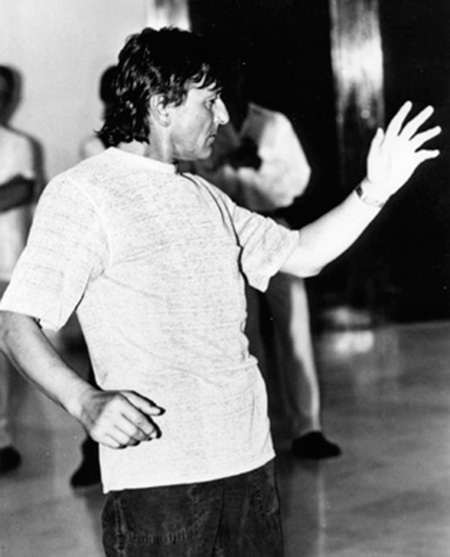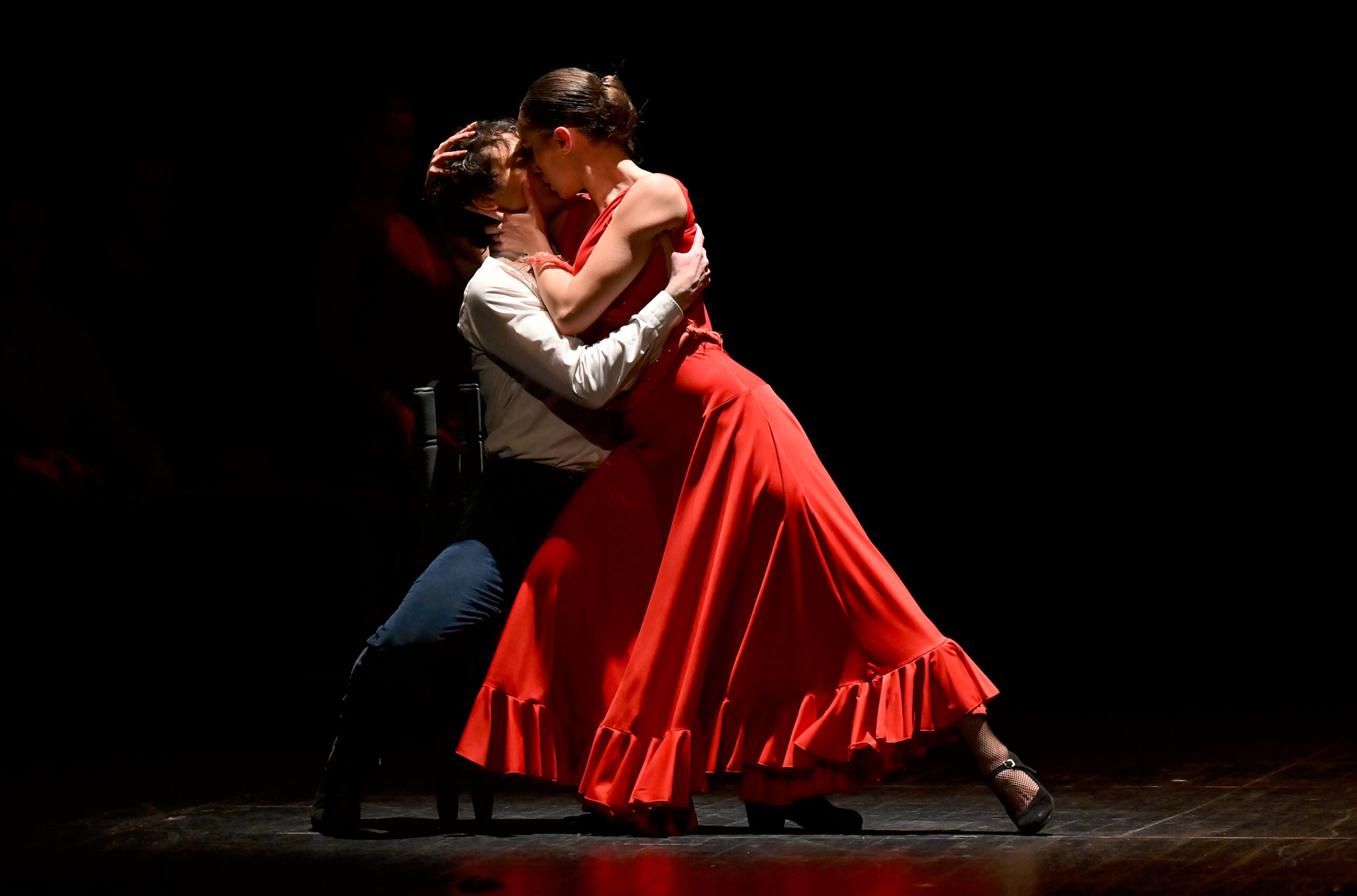
“As with anything, you have to strip dance down to the basics”.
Dancer or flamenco dancer. For many fans, Gades was a dancer who danced flamenco, and for the classics he was a dancer who also danced classical ballet. The truth is that he was one of the most versatile artists in his genre. And he always followed the principle that you shouldn’t rehearse longer to be better than someone else, but to be better than yourself.
The most notable feature of his role as a dancer, which also became one of his aesthetic principles, is defined in these words: “You get rid of the excess as you mature, and you can be more expressive and say much more with a gesture than with twenty pirouettes. The flamenco that I dance is something painful and dramatic, introverted, dry as the barren land”.
Of all that he learned, he always particularly appreciated the ordinary people for sharing the inexhaustible flow of their wisdom to enrich his work. “I found my style in the Spanish people, and I owe them everything”. For Gades, classical ballet was a school, and Spanish dance a culture. Which is why he thought that they shouldn’t simply teach the steps, the techniques, but had to humanize the dance, and that each dance requires a thorough study of its origins, all have their own feeling, which you can’t tap into simply by putting on the traditional flamenco traje (costume). “I never intended to be a folklorist, but I do share what I have learned and try to connect to the base, which is the only way forward”.
Antonio was a sponge, learning wherever there was something to learn. “Vicente Escudero said that I was a hearing thief, because I was always attentive and listened and, right or wrong, I tried to follow his advice”. He’s interested in anything that could benefit him. “I like to capture everything, see and feel”.
“I danced everything, but I didn’t control myself, until I learned how to get the most from those silences, from that austerity, from that balance, from that dryness, from that elasticity, from that aesthetic without resorting to aestheticism; until I knew how to do that, I didn’t realize that I already understood all the rest”. The purification of his style was obtained through the discipline that by then had the same value as the free creative personality.
His classical training helped him to create a language, although he realized that the classical arms are more static, disembodied and cold than the Spanish “braceo”, because they obey a code. The flamenco dancer, however, plays with his shoulders and produces broken lines. Although flamenco should be executed with a certain spontaneity, this in no way implies relaxation, not even improvisation. For Gades, the great thing about flamenco was its containment. “You don’t explode but there is a massive energy, sensuality and eroticism in continuous vibration”.
“I have followed the lessons of Peretti and Tikhonova (classical masters) but I don’t think that classical dance influenced my flamenco. The arms are here a projection of energy. They make it explode”. According to Gades, it isn’t a question of seeking a static position, but of finding a balance within a great freedom of gesture.
As for the excesses of Spanish dance itself, he used to say that dancers who stomp their feet and move their arms a lot don’t have much to say. He always said that it is one thing is foot-tapping and another his stomping: foot stomping is not percussion but the prolongation of a feeling. “You can’t stomp the ground; if we do, it gives nothing, neither sounds nor wheat”.



